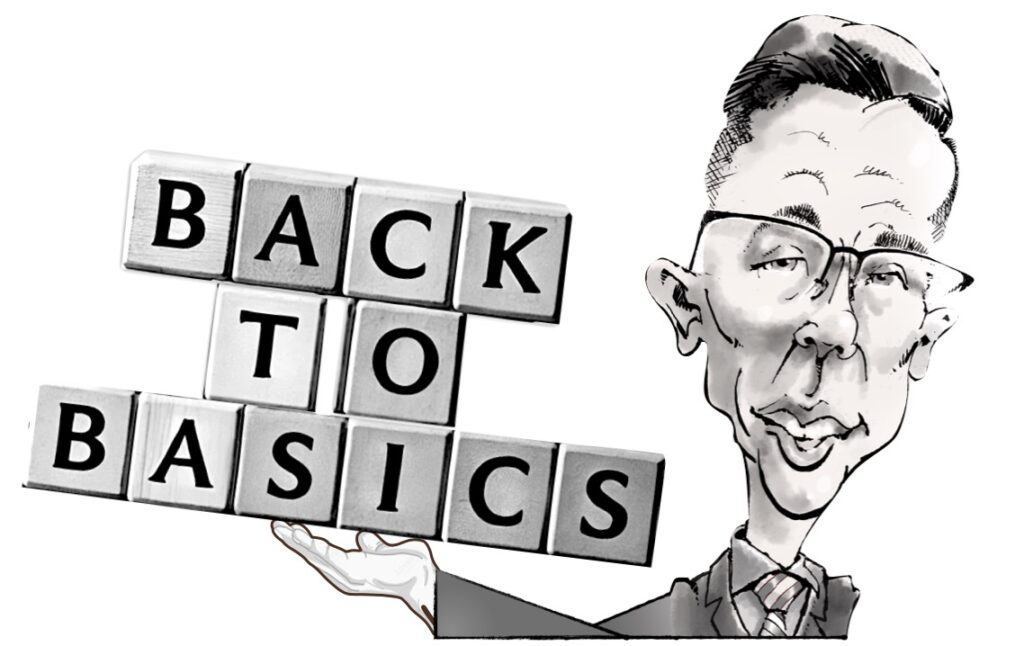
Daniel Bellerive, Sedor, Wendlandt, Evans & Filippi, LLC
Part 5 of the series Back to Basics
In Part 3 of the series, we discussed tenure and how it’s a really big deal. Tenure is a creature of statute, and that statute doesn’t apply to everyone. Education Week claims that 30-40% of school employees are “classified staff.” But who are they? What can we do with them? And why are they called “classified?” This month, I’ll help you find the answer to at least two of those questions.
For the sake of an easy win, understanding who the classified staff within a school district are is straightforward: they are employees who occupy a position for which they are not required to hold an Alaska teacher’s certificate. Classified staff do not have tenure rights because they aren’t teachers, so what rights do they have and how can you avoid inadvertently violating them?
Classified staff’s rights are defined by their contracts, the district’s policy handbooks, board policies and administrative regulations, collective bargaining agreements, and local, state, and federal law. There is a lot of overlap between these things—and the rights in some are based on others—but you should be familiar with each of these when you’re discussing employment actions impacting classified staff.
While you could be lulled into thinking of classified staff as “at-will” employees, in reality your district’s contracts, handbooks, and policies likely make that untrue. Making things even harder to keep track of, the rights that your district’s classified staff have may not be the same as the next town over! So even if a neighboring district’s board member tells you that their classified employees are at will, that doesn’t mean that yours are.
This can be the same within a school district, too. You might have one classified employee that’s at will, while another one in another classification—or even with the same job—may not be at will. One often overlooked intersection between these sources of classified staff rights is discipline for probationary employees. Many school boards will draw a distinction between “probationary” and “permanent” classified staff. The latter of these may have additional rights based on the length of their service with the district, such as protection from personnel action (like reprimand, suspension without pay, reduction in pay, or dismissal) without cause. In contrast, your district might allow a classified employee to be terminated without cause and without a hearing during their probationary period. But even such terminations can violate Alaska’s common law doctrines.
Suppose you find yourself in a situation where you learn that a classified employee may not be the right person to hold that position for the foreseeable future. Knowing what their rights are should be one of your first steps in shielding your district from liability. Your board policies or collective bargaining agreement may give you a clear indication of whether someone is in their probationary period or if they’re a permanent employee—but they may not.
Your board may defer to the district’s classified handbook to specify what the probationary period is. If that’s the case, you should be sure that your classified handbook designates what the probationary period is. And if that designation is tied to something happening (like a satisfactory performance evaluation at the end of the employee’s sixth month of service) it is equally important that the district is making sure those things happen. If nobody ever finishes their probationary period, did the probationary period ever happen? When your district is doing something that impacts its employees’ rights, you should avoid ambiguity about whether or when those rights are given.
The protection that a permanent position provides protracts past policy: while your policies may allow an action for cause, your collective bargaining agreements likely give classified staff procedural safeguards. Some of those procedures may only be applicable to employees who are no longer in their probationary periods, but you should familiarize yourself with their scope and applicability before taking action.
Of course, classified staff protections in your district operate with local, state, and federal law in the backdrop. State and federal law prevent people from discrimination and facing adverse employment actions based on protected statuses, and beyond that Alaska law broadly prevents you from treating your employees unfairly.
Your district likely has policies that implement the protections that employees are afforded, but familiarizing yourself with the underlying sources of those protections will help keep you further from legal trouble. If you know that there might be an employment action, you know how to figure out if an employee is classified staff. Once you know that they’re classified staff, you know where to look to make sure you’re honoring their rights. But why are they called that? I’m sorry: that’s classified.
More from Sedor, Wendlandt, Evans & Filippi, LLC:
- Ten-part series: Back to Basics
- Ten-part series: The Last Frontier Facing the New Frontier
- Ten-part series: Fine Tuning
- Nine-part series: A Free AND Ordered Space
- Nine-part series: Ripp’d from the Headlines
- Seven-part series: Technology and the law
- Eight-part series: Interacting with the world outside of the school
- Five-part series: Union Issues in Schools
- Four-part series: Freedom of Expression in Schools
